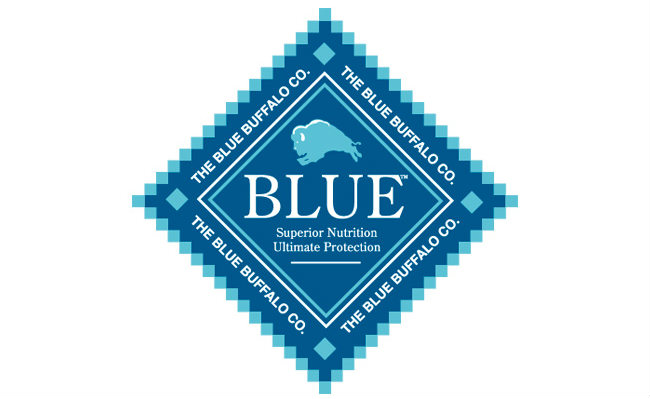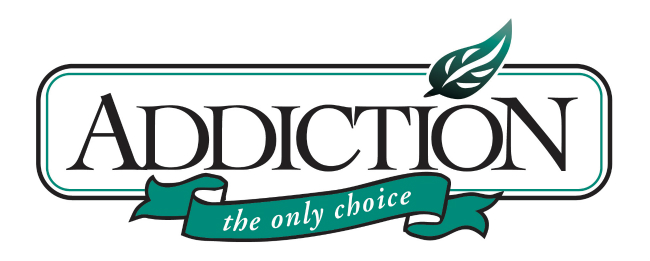Are you tired of feeding your feline on formulas that are not up to standard? There are so many formulas in the market today that are made from low quality ingredients. When you feed your cat on such formulas, you not only deprive them of healthy nutrients, but you also increase the risk of the cat developing health complications. This is why it is a good idea to evaluate a cat food before purchasing it.
The blue buffalo basics kitten turkey recipe is one of the many formulas available for kittens. The Blue Buffalo Company claims that this formula comes with 100% natural ingredients that cater for the healthy growth of your feline.
Is this formula the most ideal for your growing feline friend?
The ingredients
Turkey, Turkey Broth, Potatoes, Oatmeal, Peas, Carrots, Natural Flavor, Fish Oil (source of DHA-Docosahexaenoic Acid), Flaxseed (source of Omega 3 Fatty Acids), Cranberries, Blueberries, Carrageenan, Cassia Gum, Guar Gum, Potassium Chloride, Taurine, Sunflower Oil (source of Omega 6 Fatty Acids), Salt, Vitamin A Supplement, Thiamine Mononitrate (Vitamin B1), Riboflavin (Vitamin B2), Niacin (Vitamin B3), d-Calcium Pantothenate (Vitamin B5), Pyridoxine Hydrochloride (Vitamin B6), Biotin (Vitamin B7), Folic Acid (Vitamin B9), Vitamin B12 Supplement, Vitamin D3 Supplement, Vitamin E Supplement, Iron Amino Acid Chelate, Zinc Amino Acid Chelate, Cobalt Amino Acid Chelate, Copper Amino Acid Chelate, Manganese Amino Acid Chelate, Sodium Selenite, Potassium Iodide, Choline Chloride, DL-Methionine.
An overview of the first five ingredients
Turkey
As a whole meat ingredient, turkey is a fantastic source of very healthy animal based proteins. We are extremely pleased to see this ingredient listed. Unfortunately, in dry kibbles, there is not as much of this ingredient included as you might initially think. Ingredients are listed by weight prior to the cooking process and since whole turkey is about 70% moisture, the vast majority is cooked off. So while we think this is an excellent and nutritional ingredient, it does need to be complimented by other high quality meat protein ingredients when used in dry kibbles. In wet cat foods, however, this is not nearly as much of a concern.
Turkey Broth
Any type of broth is mostly used as an alternative to simply using water. It adds moisture to the food and a broth helps to make the food more appetizing and tastier for your cat. This ingredient is rather void of much nutritional value, but there is no evidence to suggest there are any problems with this ingredient. It can be commonly found in many different brands of cat food.
Potatoes
Potatoes provide a lot of carbs and unfortunately, cats do not digest carbs well and it can also lead to weight gain. This ingredient is becoming more popular in “grain-free” cat foods because while potatoes are not grains, they serve much the same purpose by acting as a non-nutritious filler. The good news is potatoes are complex carbs. These complex carbs are easier to digest than whole grains and also don’t spike blood sugar levels like the simple carbs do. But, anyway you cut it… carbs are carbs and cats don’t need them. This is a rather non-nutritious ingredient.
Oatmeal
This ingredient will provide some fiber for your cat, but for the most part, it is simply used as a filler to help make your cat feel more full. Many cats seem to enjoy the taste of oatmeal and since there are no major health concerns associated with it, this ingredient makes for a great alternative filler ingredient instead of using corn and grains.
Peas
Peas are becoming more and more common in pet foods today, especially those listed as grain-free, holistic, or natural pet foods. While peas are certainly not grains, they serve much the same purpose. It mostly acts as a filler and a cheap way to increase the protein percentage of the food. However, cats receive almost no nutritional value from peas. Since cats are obligate carnivores, they require proteins from meat based ingredients. There is very little research that has been performed on the long term effects of cats consuming peas. We do know that peas can cause runny poop or digestion issues in dogs, but the full effect on cats remains a bit of an unknown. At best, this ingredient will act as a filler and will not provide much nutritional value, if any, to your cat.
Other ingredients in this formula
Flaxseed
Flaxseeds (also called linseeds) are a rich source of micronutrients, dietary fiber, manganese, vitamin B1, and the essential fatty acid alpha-linolenic acid, also known as ALA or omega-3. The seeds come from flax, one of the the oldest fiber crops in the world. It is not only a source of healthy fat, antioxidants, and fiber; modern research has found evidence to suggest that flaxseed can also help lower the risk of diabetes, cancer, and heart disease. The health risk associated with this ingredient is low and in general, flaxseed is considered to be a beneficial ingredient for cats.
Carrots
A good source of carbohydrates, vitamins, and minerals, carrots are becoming more common in pet foods. This ingredient is also known to boost the immune system and help promote healthy eyes in cats as well as providing a good source of fiber.
Natural Flavor
The term “natural flavor” is extremely vague and can mean just about anything. In human foods, natural flavor is usually MSG or some similar flavor enhancer. When pet food companies are asked what is in their “natural flavor ingredients, they usually refuse to answer. There are a lot of things in the world considered “natural” and they almost all have a flavor. Such generic terms can be indicative of poor quality ingredients. While that’s not always the case, the fact is, we don’t really know what this ingredient consists of and that is worrying.
Fish Oil
Fish oil is a popular supplement used by cat and dog owners. In this case, the food is already supplemented with fish oil. This ingredient is high in very healthy Omega-3 and Omega-6 fatty acids. This can lead to an improved coat, healthier skin, boost to the immune system, lower blood pressure, and help improving cognitive function in older pets. There are also some studies that show fish oil to help assist with certain allergies in dogs and cats. This is a higher quality ingredient.
Is this an allergy causing formula?
This formula is unlikely to cause allergies. It does not contain common allergens like corn, wheat and soy. This makes it ideal for all kittens.
What ingredients should you avoid feeding your kitten on?
Apart from corn, wheat, and soy, which are known allergens, there are a few other ingredients that pose health risks to cats. These include:
Gluten – This ingredient is associated with causing allergies in cats. It is also known to raise sugar levels in cats. Over time, this can lead to diabetes. Gluten refers to the proteins found in wheat endosperm which is a type of tissue produced in seeds that’s ground to make flour. Many pet food manufactures will use this ingredient to help boost the protein percentage of the food.
BHT – Both BHA & BHT are preservatives that have been banned in human foods in many countries due to cancer risks. However, they remain approved for use in pet foods. A growing number of pet owners are becoming aware of the potential dangers these ingredients bring and are shunning all foods containing BHA and BHT. A quick internet search on these preservatives will show that the backlash is gaining steam with many cat food companies abandoning these ingredients. BHA and BHT are extremely controversial ingredients in all forms of pet food.
Artificial flavoring – While it might seem obvious, we have some concerns about the use of artificial flavoring in cat food. This ingredient is usually derived petroleum and there have not been many studies done on the effects it has on cats. Unfortunately, artificial flavor can come from a very long list of sources and there is no way we can verify how safe this ingredient is. We generally recommend not feeding your cat any “flavors” even if it is natural flavor. In the case of artificial flavor, we don’t see any benefit to having this included.
Conclusion
From the list of ingredients used to make this cat formula, it is evident that this is a high quality kitten formula. It is made from 100% natural and healthy ingredients that support the overall health of your feline.






 Addiction cat food is a leading pet food brand manufactured by the Addiction Foods Inc. This company was started by a holistic clinical nutritionist and veterinarian surgeon. During his 20 years in the profession, he realized that most of the pet health conditions he treated were caused by poor nutrition. After researching on the pet food products in the market, he realized that most of the pet formulas did not provide the pets with the required nutrition to remain healthy, fit and active. Most of these pet formulas were a combination of fats, by-products, grains and harmful additives that led to allergy attacks and health complications.
Addiction cat food is a leading pet food brand manufactured by the Addiction Foods Inc. This company was started by a holistic clinical nutritionist and veterinarian surgeon. During his 20 years in the profession, he realized that most of the pet health conditions he treated were caused by poor nutrition. After researching on the pet food products in the market, he realized that most of the pet formulas did not provide the pets with the required nutrition to remain healthy, fit and active. Most of these pet formulas were a combination of fats, by-products, grains and harmful additives that led to allergy attacks and health complications.